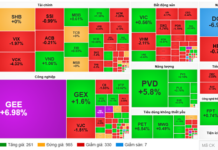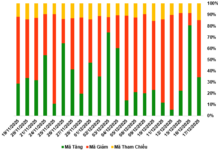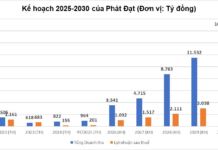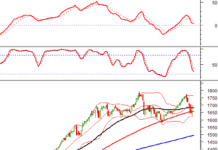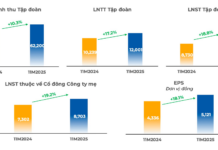The battle against climate change is heating up as efforts to combat climate change become tradable commodities in the market in the form of carbon credits, with excess credits being sold and shortages being bought. In the next 10 years, carbon credits may become a part of every tangible product as countries implement consumption-based taxation for imports and exports based on the carbon footprint of the product or service.
Buy and sell shortages
Each carbon credit represents one tonne of greenhouse gas, typically carbon dioxide (CO2) or other greenhouse gases (CH4, NO2), that has been reduced or prevented from being emitted into the environment. We know that every factory, production area, or business service emits a certain amount of greenhouse gases. If a business’s greenhouse gas emissions are lower than the standard due to reduction or prevention, the business owns (creates) a certain number of credits based on the amount reduced, which can be traded on the market as carbon credits.
 |
Businesses with factories or services that have higher emissions than the standard must purchase the necessary carbon credits to offset their emissions in order for their products to be accepted or avoid high taxes when entering the market. As a commodity, carbon credits have a variable price between sellers and buyers, fluctuating based on abundance or scarcity, as well as the quality or sustainability in emissions reduction of the credits.
Starting from January 1, 2022, the carbon market in our country officially launched with the implementation of the amended Environmental Protection Law, which is a necessary step by the Government towards the goals of reducing greenhouse gas emissions, promoting cleaner technology innovation, and accelerating Vietnam’s contribution to global climate change goals.
Decree 06/2022/ND-CP dated January 7, 2022, goes further by stipulating the operation of a carbon credit exchange floor from 2028. Currently, our country focuses on two main credit mechanisms: Clean Development Mechanism (CDM) through emissions reduction projects, and Joint Credit Mechanism (JCM) with projects involving cooperation between businesses in different countries.
The benefits of creating and selling carbon credits are not only to generate additional income to offset the costs of investing in green technology during active participation in global climate change strategies but also to enhance the reputation and image of the business organization, promote innovation research, and protect the environment and biodiversity in the business’s local area.
In practice, credit groups based on Vietnam’s natural advantages have a great demand, and sellers can easily find potential customers. For example, Meta Group is currently looking to buy 6.75 million carbon credits to achieve their net-zero emissions goals. A record-breaking auction was also witnessed in Nairobi with over a dozen Saudi Arabian companies competing to purchase two million carbon credits obtained from forest planting initiatives and the use of cleaner cooking fuels in their country.
Establishing a carbon credit exchange floor early on
The early establishment of a carbon credit exchange floor is essential because Vietnamese businesses not only offer credits for sale but also seek to purchase credits. Customers come not only from foreign countries but also from domestic companies or factories that need to lower their carbon footprint to facilitate the export of their products.
Hoang Viet


